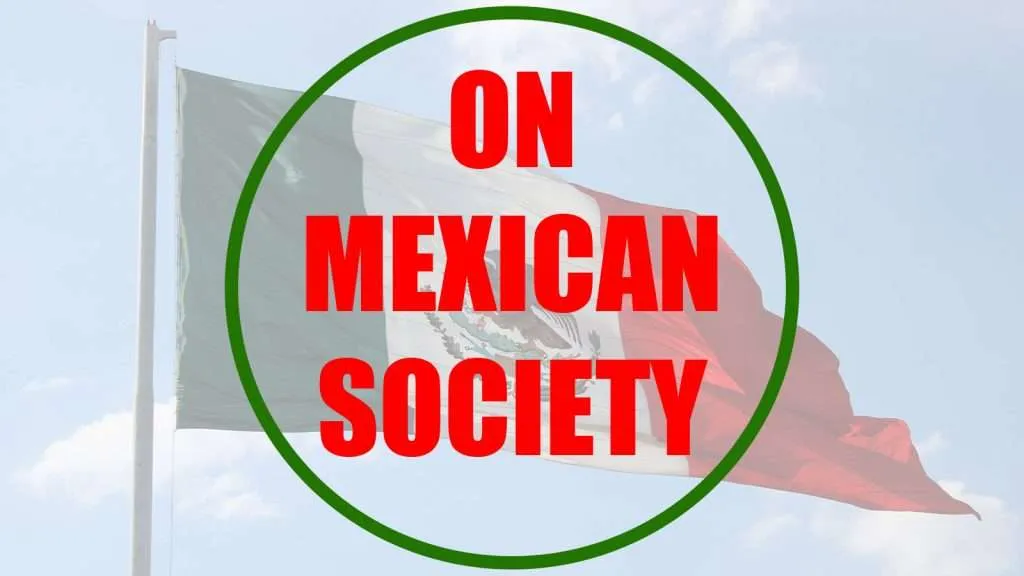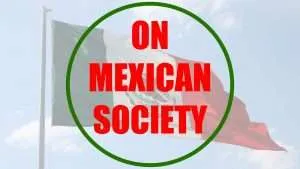In the first months of 2021 energy law in Mexico has changed, seeking to reduce the country’s dependence on international actors in energy matters. The reforms mainly seek to strengthen state companies such as Pemex and the CFE, in addition to allowing the cancellation of current private contracts in energy matters if they are not convenient for the purposes of the Mexican State.
These legislative changes have generated since their discussion in Congress a series of social debates that are worth recovering in sociological terms to reflect on our natural environment, that ecosystem that surrounds our societies and that sometimes, focused on the political effects of a certain action social, we forget the impacts they can generate on the environment.
Free Competition and Energy Law in Mexico
Beyond the still open debate in Mexico about the importance of free competition in the energy sector and reducing monopolies, be they private or state, it is important to bear in mind that behind these reforms there is a struggle between the predominance of clean energy or fossil fuels.
At present, there are plenty of arguments and data produced by both the scientific community and civil society on the importance of guiding the production of our societies towards renewable energies such as wind, hydro or solar energy.
Consequences of Poor Energy Law
It is enough to take as an example the fires and droughts that hit our societies more frequently each year to have evidence of the adverse effects that the use of fossil fuels causes in our social environments. Throughout the American continent, from the United States (NIFC, 2021) to Argentina (El País, 2021), the number of forest fires increases every year and these not only affect natural areas, but their devastation extends to urban centers, causing damage to the physical integrity of people and public and private property.
The damage caused is not only direct to the infrastructure of cities and towns. It also affects planting areas and livestock, pollutes food and water reserves, fills the air with particles that affect people’s health.
It is also evident that these fires are more difficult to contain each year, despite the technology we have available, the increase in global temperature and the reduction of humidity in certain areas lead to more aggressive fires and allow them to spread more easily to urban areas.
Environmental Disaster in Mexico
According to Conafor in Mexico, in the period of this year from January 1 to May 13, 5,261 forest fires affected an area of 286,437 hectares of the national territory. The most affected states were Guerrero, Nuevo León, Chihuahua, Chiapas, Oaxaca, Durango, Michoacán, México, Nayarit and Jalisco, which together represent 78% of the territory (Conafor, 2021: 3).
Historical data from Conafor allow us to know the number of fires and the affected area of the national territory in previous years. Here are some examples:
Although at first it seems that the number of fires has been lower in recent years, if we compare the affected area over the number of fires in the same years, we find that the affected hectares are higher in 2021 (54.45) than previous years. If we also consider that the fire data for this year represent less than half of the year, the affected hectares are a worrying figure, since the hottest season in the country is still missing (see Figure 6 in the report linked here).
Health Effects of Environmental Hazards in Mexico
In cities such as Monterrey in the state of Nuevo León and the country’s capital, Mexico City, fires in the surrounding natural areas have contributed to increasing PM 10 particles in the air, which has caused the authorities of these cities to decree environmental contingencies (CAMe, 2021; see Figure 8 in the report linked here).
In addition to affecting the circulation of people, goods and services, the fires affect the health of citizens, since they are in contact with smoke and ashes.
The fires also have claimed the lives of people, both those who were in the area at the time the fires started, as well as brigades specialized in controlling the fires and even those volunteers who seek to help in mitigation of the fires.
Although we can control fires and reduce material and human losses with the technology at our disposal, it is evident that every year the problem of fires increases exponentially.
Environmental Hazards in Mexico Beyond Fires
Fires are just one example of the effects generated by the pollutants that we use in our daily lives. To this phenomenon must be added others such as droughts and rising temperatures.
In those sites that are not affected by the above, other problems occur such as lack of water, hurricanes, floods, to name just a few. No urban area is exempt from being affected by the contamination of its natural environment.
That is why I believe that as sociologists we must think more about our natural environment, the foundation that sustains our societies. The environmental issue is not only a problem that politicians must discuss in international summits or in national Congresses. It is a social problem that involves us all.
Final Thoughts on Energy Law in Mexico
We must care more about the natural pillars that support our societies and less about the economic costs involved in using renewable energy. No matter the economic or political benefit that can be obtained from the constant use of fossil fuels, if we do not make a transition as a global community to clean energies, it will cost us more and more in material terms and in human lives.
Fighting the natural disasters that we cause with our human activity based on fossil fuels will cost more each year than making a transition to new forms of energy.

References on Energy Law in Mexico
Comisión Ambiental de la Megalópolis (2021). Incremento de la contaminación por partículas PM10 en la Megalópolis, debido a fuertes rachas de viento, 29 de marzo de 2021, Conferencia de prensa CAMe, México, https://www.gob.mx/comisionambiental/prensa/incremento-de-la-contaminacion-por-particulas-pm10-en-la-megalopolis-debido-a-fuertes-rachas-de-viento.
Comisión Nacional Forestal (2021). Reporte Semanal Nacional de Incendios Forestales, Información preliminar del 01 de enero al 13 de mayo de 2021, Secretaría de Medio Ambiente y Recursos Naturales, México, https://www.gob.mx/conafor/documentos/reporte-semanal-de-incendios.
El País (2021). Incendios en Argentina. Los incendios forestales en el sur de Argentina, imágenes. 11 marzo 2021, Argentina, https://elpais.com/elpais/2021/03/10/album/1615400865_945995.html#foto_gal_2.
Milenio Noticias (2021). NL: contingencia ambiental, 15 de mayo de 2021, imagen 4, Milenio, estados, México, https://www.milenio.com/estados/nl-contingencia-ambiental?image=4.
National Interagency Fire Center (2021). National Fire News, 14 May 2021, USA, https://www.nifc.gov/fire-information/nfn.







